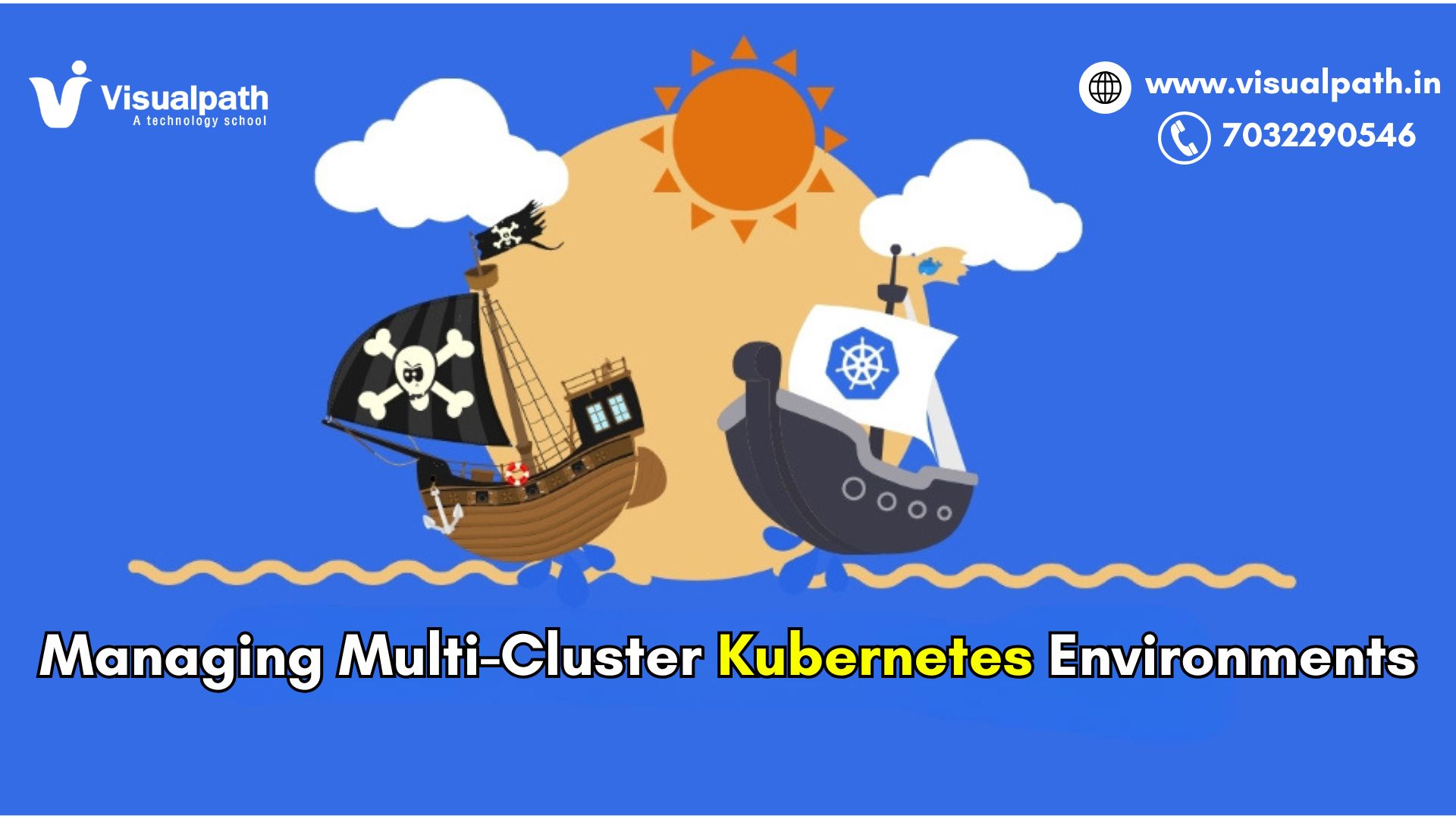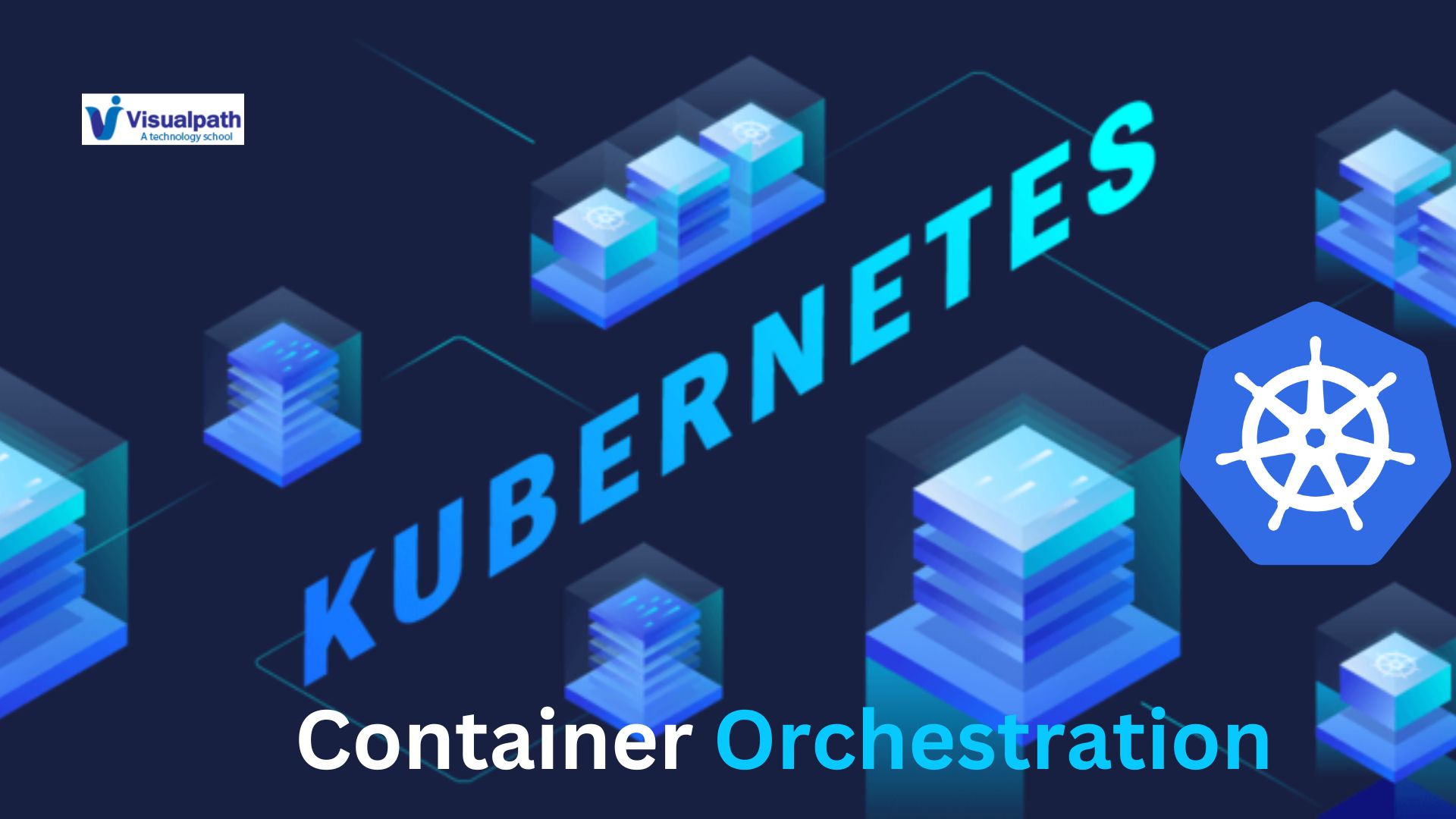Kubernetes has become the go-to platform for container orchestration, offering scalability, reliability, and flexibility for application deployment. Deploying an application in may seem complex at first, but once you understand the core components and the step-by-step process, it becomes much more manageable, even without diving into code.
This article explains the essential steps, concepts, and best practices for deploying an application. Docker and Kubernetes Training
Understanding Kubernetes Architecture
Before diving into deployment, it’s important to understand how works:
- Cluster: A group of machines (nodes) where applications run.
- Master Node (Control Plane): Manages the cluster, schedules deployments, and maintains the overall state.
- Worker Nodes: Run the actual application workloads in containers.
- Pods: The smallest unit of deployment, which hosts your application container(s).
- Services: Enable networking between pods and make your application accessible within or outside the cluster.
Key Steps to Deploy an Application in Kubernetes
1. Containerize Your Application
Even though this guide skips code, it’s worth noting that before deploying to Kubernetes, your application must be packaged into a container (usually with Docker). This container becomes a portable unit of your app, ready for deployment in any environment.
2. Create a Kubernetes Deployment
A deployment is a configuration that tells the system what version of the application to run, how many replicas (instances) it needs, and how it should behave when updated. Docker and Kubernetes Course
Deployments ensure that your application always runs the specified number of pods and can self-heal when pods crash or fail.
3. Expose the Application with a Service
pods are ephemeral, meaning they can be terminated and restarted at any time. To ensure consistent access to your application, you create a service—a stable endpoint that routes traffic to your pods.
Depending on your use case, you might use:
- ClusterIP for internal access
- NodePort for access on a specific port of each node
- LoadBalancer for external access via cloud load balancers
4. Monitor and Scale Your Deployment
After the application is deployed, Kubernetes allows real-time monitoring and scaling. You can:
- View pod and container health
- Automatically scale based on CPU or memory usage
- Update or roll back deployments without downtime
Monitoring tools like Prometheus, Grafana, or Kubernetes Dashboard help you visualize your cluster’s performance. Docker Kubernetes Online Course
Best Practices for Kubernetes Deployment
Use Declarative Configuration
Instead of issuing commands manually, store your deployment configurations (YAML files) in version control systems like Git. This ensures consistency, repeatability, and easier rollbacks.
Follow the Principle of Least Privilege
Limit access to your Kubernetes cluster using role-based access control (RBAC). Only give users and applications the permissions they need.
Implement Resource Limits
Define CPU and memory limits for your containers. This prevents one application from consuming too many resources and affecting other applications in the cluster.
Monitor Logs and Events
Use centralized logging and monitoring tools to detect issues quickly. Kubernetes logs can help you troubleshoot problems during or after deployment.
Apply Health Checks
Kubernetes supports readiness and liveness probes. These ensure your app only receives traffic when it’s ready and can restart it if it becomes unresponsive. Docker and Kubernetes Online Training
Tips for a Smooth Kubernetes Deployment
- Test in a staging environment first: Avoid deploying directly to production.
- Keep deployments modular: Use microservices or split components into separate pods.
- Automate where possible: Use CI/CD pipelines to automate your deployment process.
- Backup configurations: Always maintain a copy of your deployment and service specifications.
Final Thoughts
Deploying an application in Kubernetes doesn’t have to be daunting. With a clear understanding of the core components—pods, deployments, and services—you can orchestrate scalable and resilient applications across your infrastructure. By following best practices and leveraging built-in features like health checks, autoscaling, and resource limits, you ensure your applications remain highly available and performant.
Whether you’re running a small app or a complex microservices architecture, Kubernetes gives you the tools to deploy and manage your applications with confidence—no deep coding required.
Trending Courses: ServiceNow, SAP Ariba, Site Reliability Engineering




